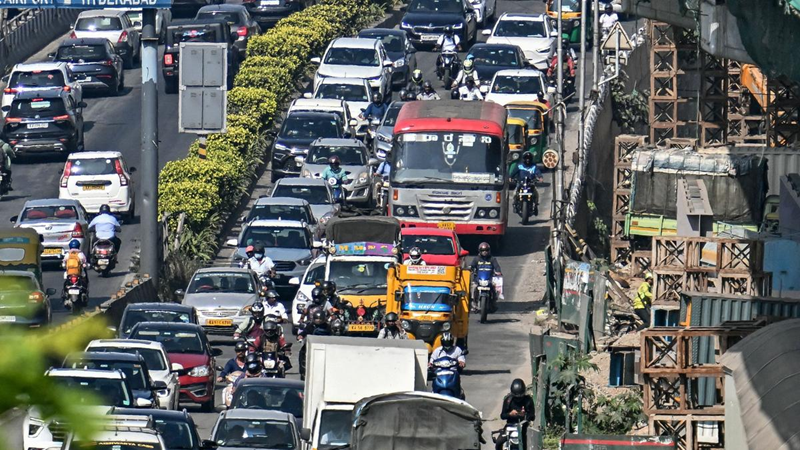
Vacancies Vs Unemployment
A yawning chasm is distinctly evident in the proclamations and performance of the Narendra Modiled central government. The prime minister had promised creation of two crore jobs annually in order to eliminate unemployment.
Far from fulfilling that pledge, the central government has not even made any concerted move to fill up vacancies where it has all the wherewithal to keep up its commitment.
Now that the nation is approaching the General Elections in 2024, the Central dispensation has woken up from the slumber and is organizing ‘rozgar melas’ to issue appointment letters to 60,000 persons.
The available data suggests that this may not even cover the tip of the gigantic unemployment iceberg. In a written reply to members of the opposition parties, Union Minister of State Jitendra Singh informed the Lok Sabha that as on March 1, 2023, there were 964,359 vacant posts across departments in the central government.
He was quoting the annual report of the Pay Research Unit of the Department of Expenditure. In a similar response during December 2022, the Minister had put the number of vacancies at 979,327 as on March 1, 2021.
If the Annual report of the Pay Research Unit of the Union Ministry is any indication, the first five-year term of Mr. Modi witnessed the maximum increase of the vacancies.
As could be seen from the report, in 2014-15, the vacancies in sanctioned posts in the Central Government accounted for 11.57 per cent. These had gone up to 22.76 per cent in 2018-19. In absolute numbers, the vacancies had risen from 421,658 to 910,153.
The Centre pursuing the neoliberal policies has exhibited extreme insensitivity to recruitment of workers which experts say stems from the philosophy of minimizing the Government staff and outsourcing the jobs to contractors.
As a result, several key sectors have been reeling under huge vacancies thereby increasing the workload of the existing staff. The Indian Railways has been the most notable victim of the policy reporting a staff shortage of 3.12 lakh non-gazetted lying vacant across the 18 zones as on December 1, 2022.
The Railways represent a sector where paucity of operational and maintenance staff could result in compromising safety, as it became evident in the aftermath of the Balasore rail crash taking a toll of 288 human lives.
The increased focus on headline-hunting vanity projects such as Vande Bharat effectively camouflages the delays suffered by existing mail and expresses trains used by the hoi polloi. Health sector is yet another area where shortage of working hands is impacting the quality of healthcare services provided by the National Health Mission.
The Rural Health Survey has reported 1.68 lakh vacancies of sanctioned posts in the National Health Mission. Nutrition and child care services are understaffed to the tune of 1.76 lakh vacant posts of Anganwadi workers and helpers.
Plight of education sector is no less different. Over 11,000 faculty positions are vacant in central universities, IITs, IIMs and Kendriya Vidyalayas.
Of these, the Central Universities themselves account for 6,180 vacancies for the posts of professors, associate and assistant professors. What is glaringly evident is that the vacancies in such sectors are not due to any administrative glitch or flaw, but part of a deliberate policy to starve sectors that yield no immediate results in terms of productivity worthy of showcasing.
The negligence also reflects the low priority accorded to the sectors under the central dispensation, be it now or in the past.
The emerging picture is galling when viewed in the backdrop of the mounting unemployment, especially in the Hindi belt.
 English daily published in Bengaluru & Doha
English daily published in Bengaluru & Doha






